Understanding the Importance of Site Visits
Federal contracting can be highly competitive, and one of the most overlooked strategies for success is attending site visits. A site visit is your opportunity to walk the grounds, meet the project manager, and see firsthand what the job requires. Skipping it might save time in the short term, but it could cost you the contract in the long run.
Think of it this way: would you build a house without ever seeing the lot? Probably not. The same principle applies to federal contracts. A thorough site visit gives you insights that just aren’t possible through documents and specifications alone.

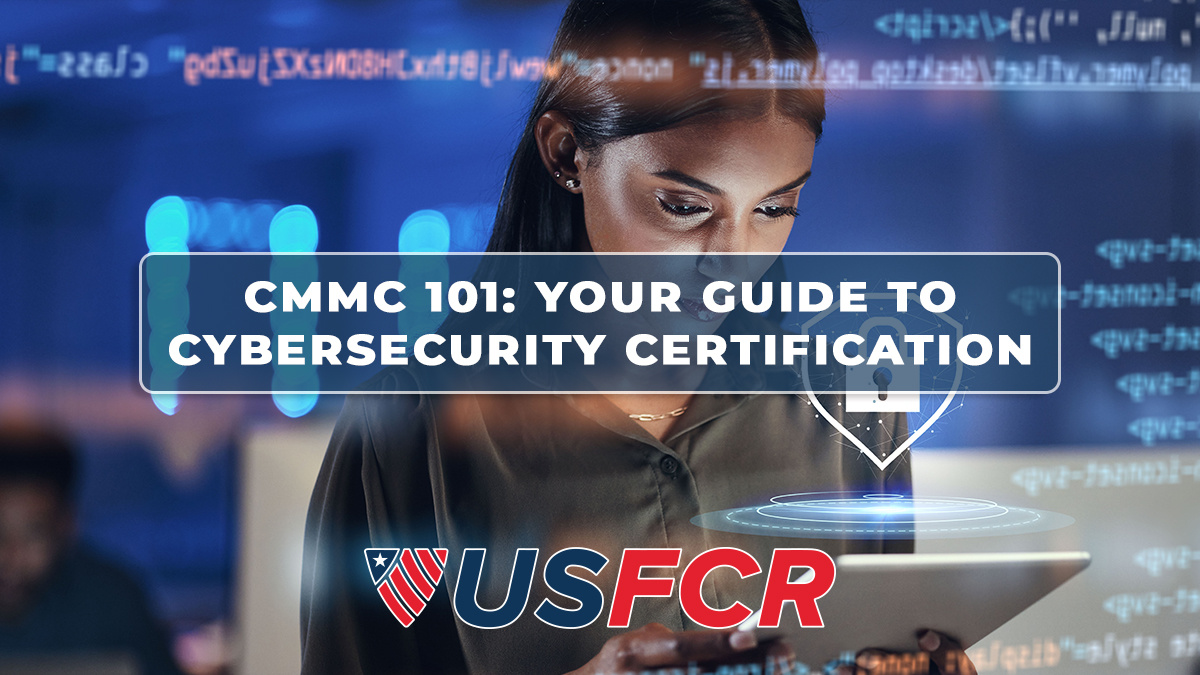
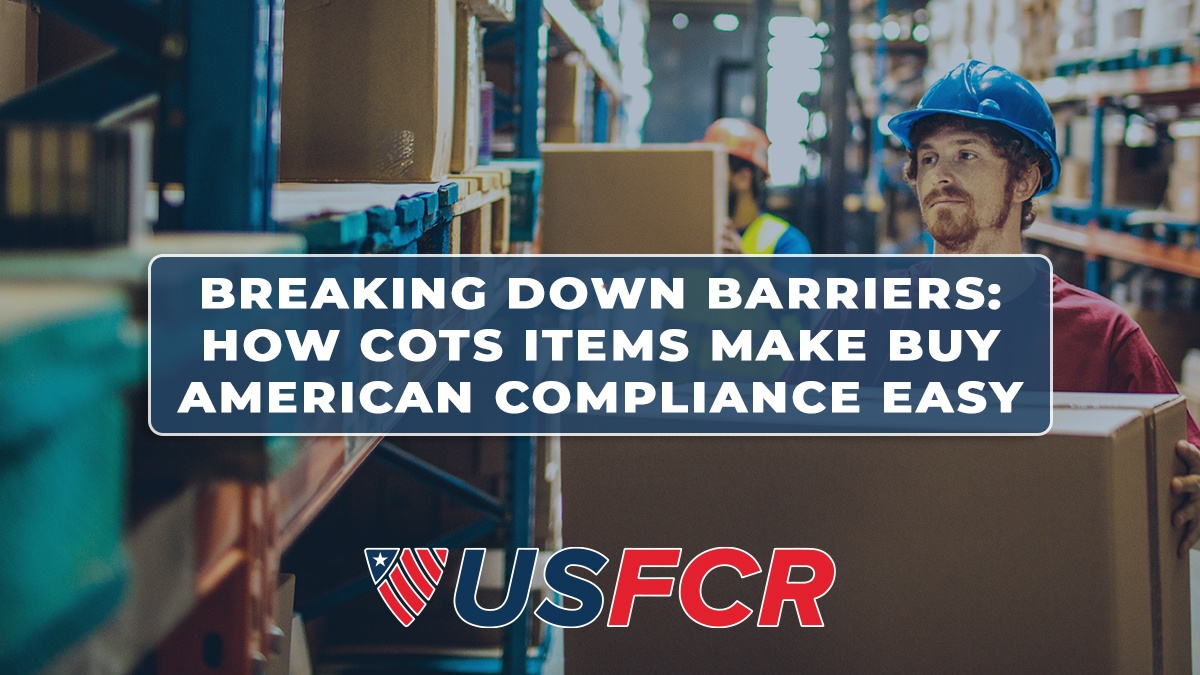
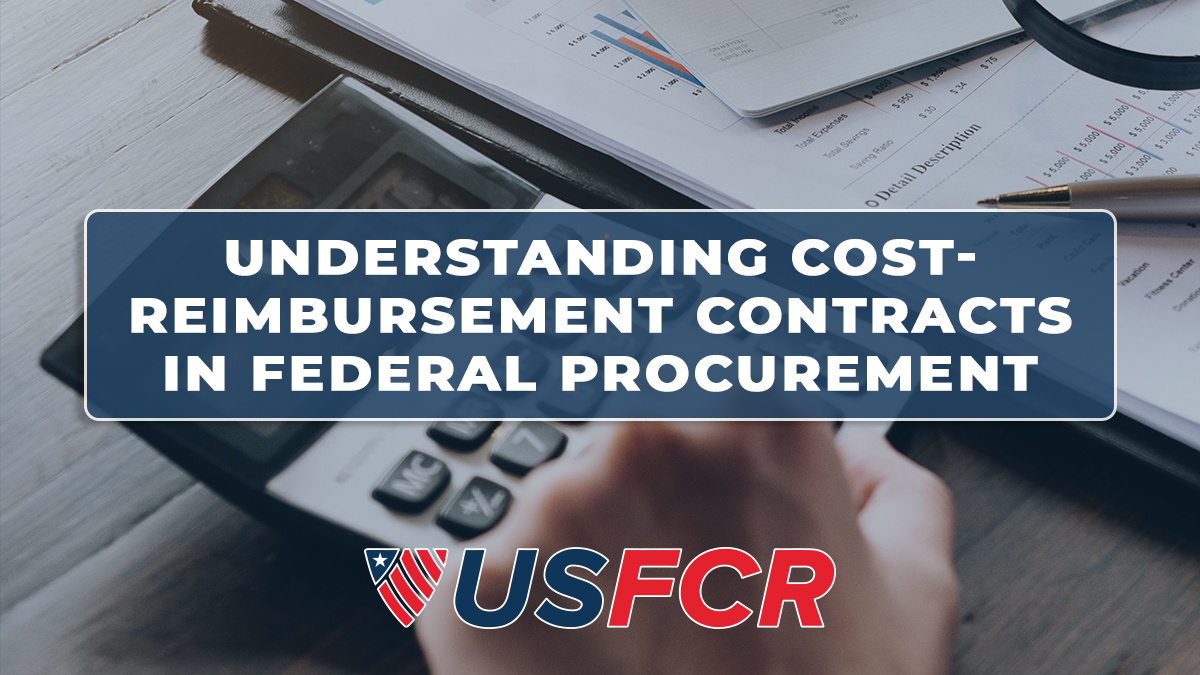
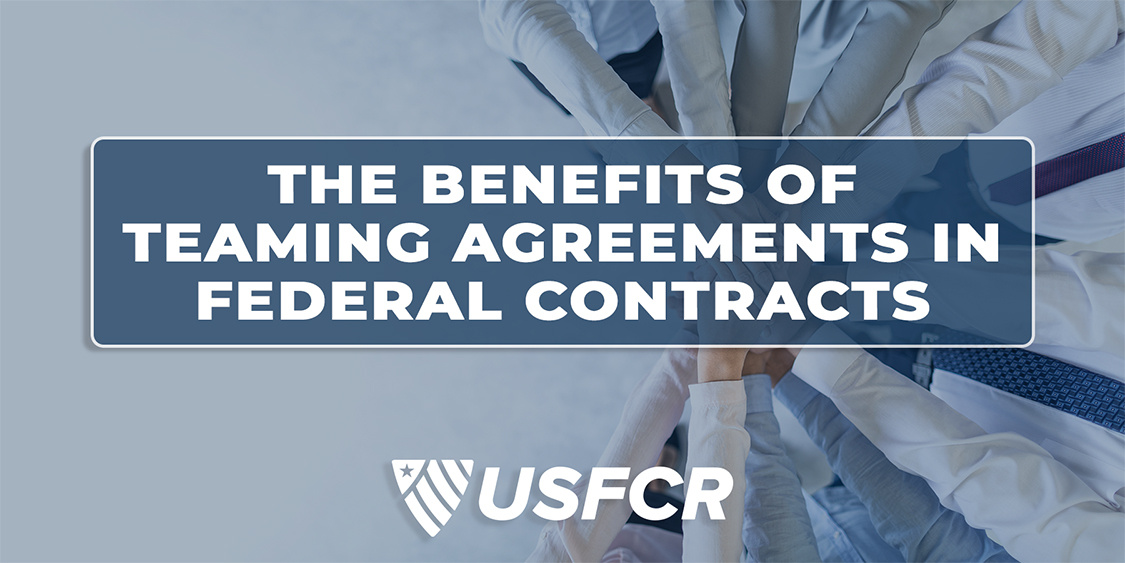
.png)
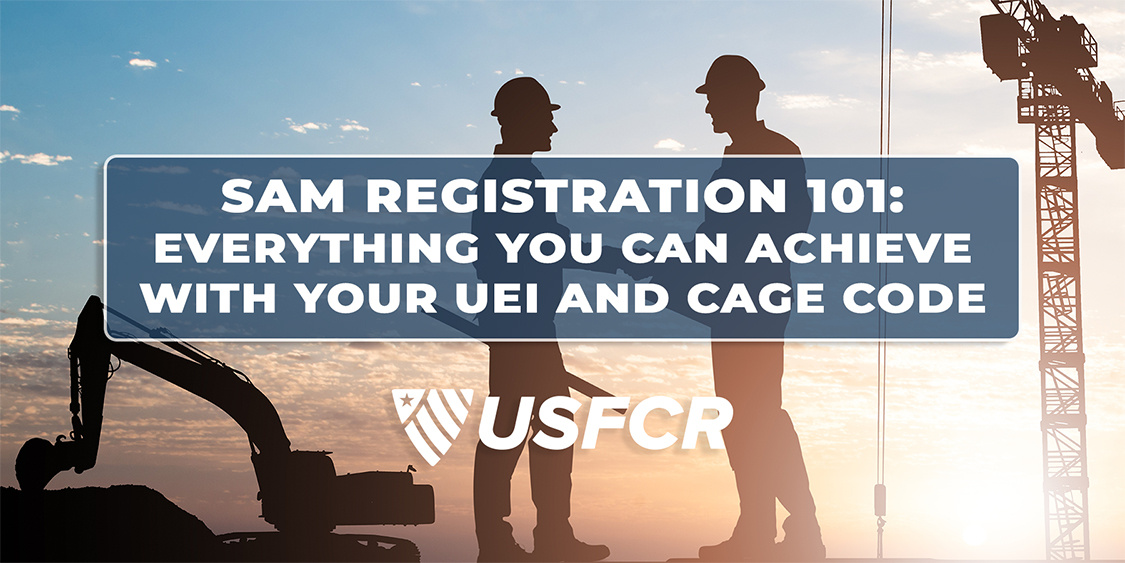

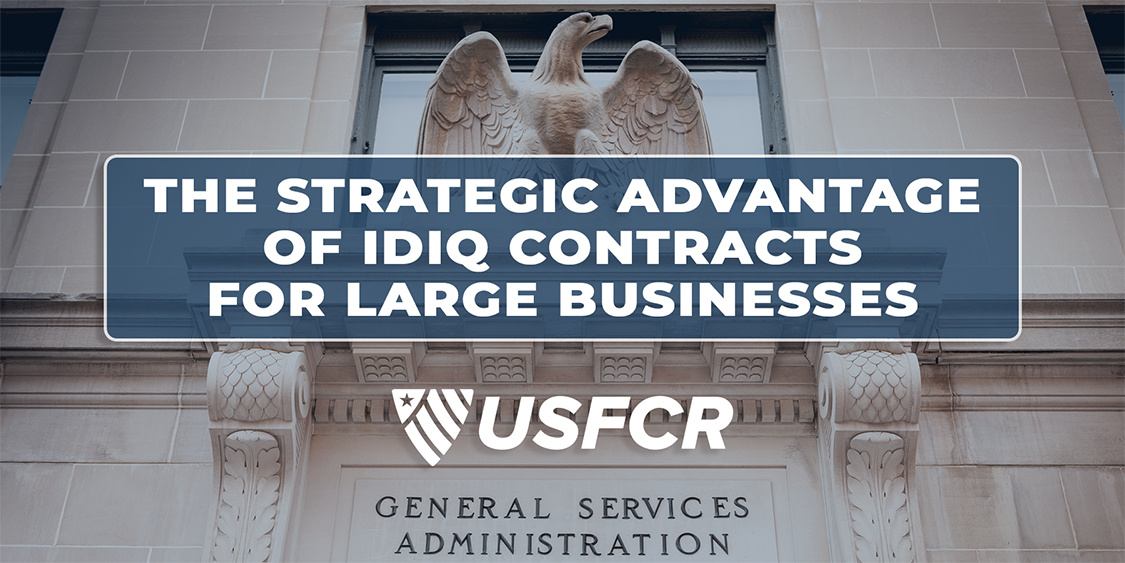
.png)
